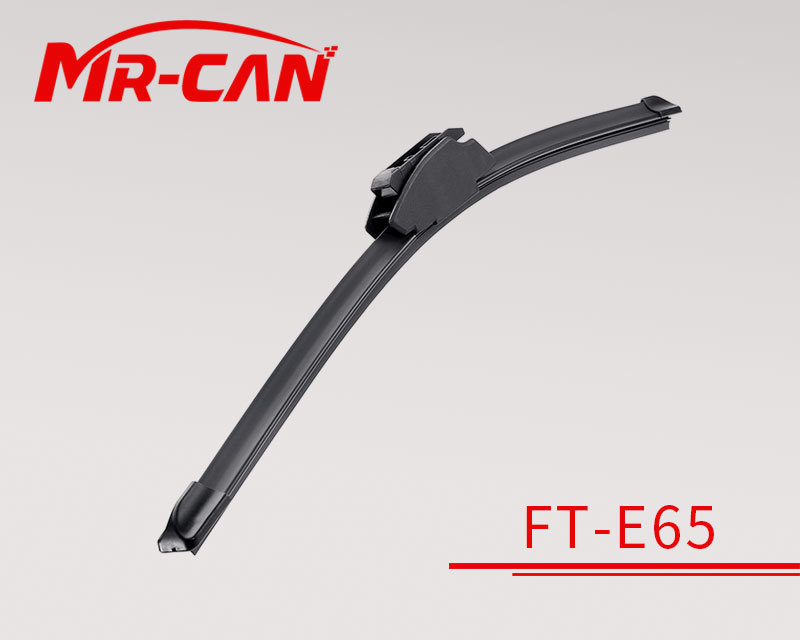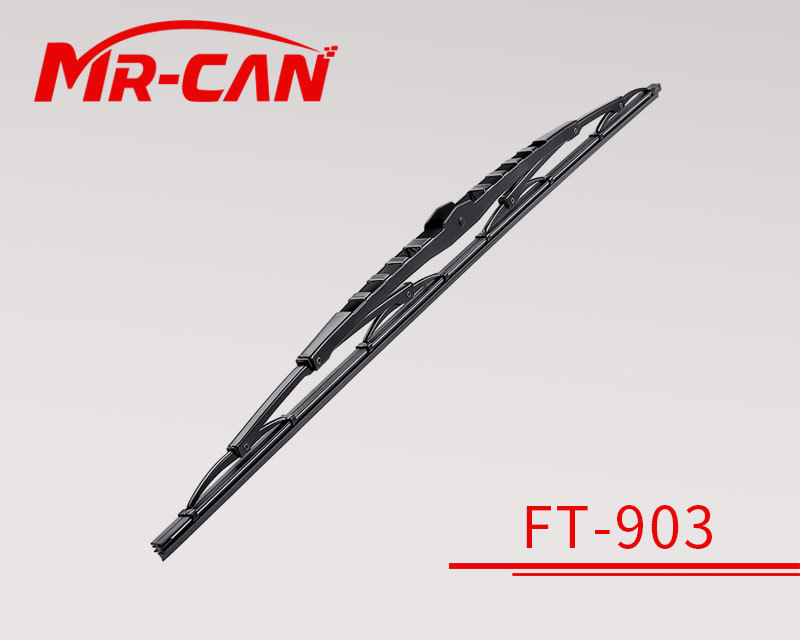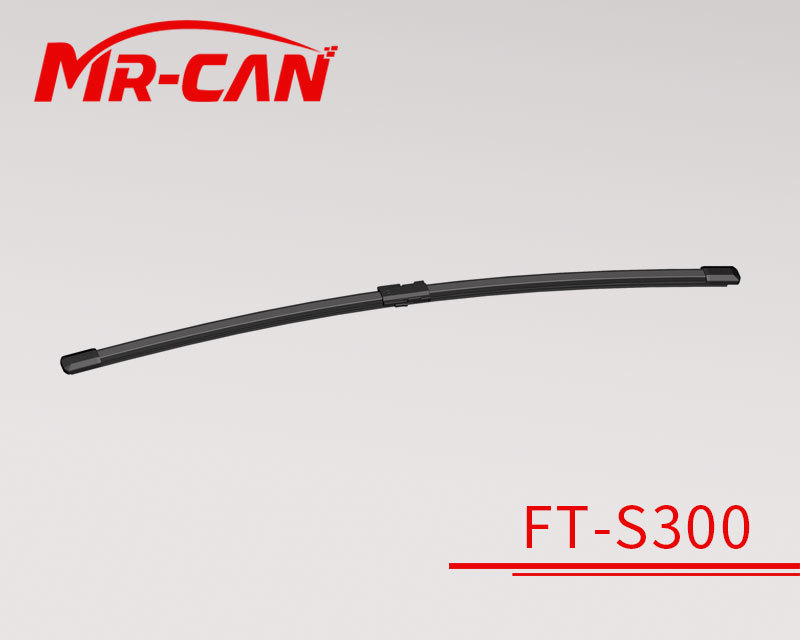Choosing the Right Bus Wiper Blade: A Comprehensive Guide for Enthusiasts
Release Time:
Aug 21,2025
When it comes to ensuring safety and visibility in any vehicle, bus wiper blades are an often-overlooked yet crucial component. These essential tools help clear rain, snow, and debris from the windshield, allowing drivers to maintain a clear line of sight while navigating various weather conditions. For enthusiasts looking to enhance their knowledge of bus wiper blades, understanding the different

When it comes to ensuring safety and visibility in any vehicle, bus wiper blades are an often-overlooked yet crucial component. These essential tools help clear rain, snow, and debris from the windshield, allowing drivers to maintain a clear line of sight while navigating various weather conditions. For enthusiasts looking to enhance their knowledge of bus wiper blades, understanding the different types, maintenance tips, and selection criteria can significantly improve both performance and longevity.
Bus wiper blades come in a variety of styles, each tailored to meet specific needs. The two most common types are conventional and beam wiper blades. Conventional wiper blades have a simple design and are often more affordable, making them a popular choice for budget-conscious operators. However, they may struggle to provide a consistent streak-free wipe during heavy rainfall or snow, as their design can lead to uneven pressure distribution.
On the other hand, beam wiper blades are engineered to contour to the shape of the windshield, providing even pressure along the blade. This results in superior wiping performance, particularly in adverse weather conditions. For bus operators who frequently encounter heavy rain or snow, investing in beam wiper blades can be a wise decision, as they enhance visibility and improve overall safety.
Maintaining bus wiper blades is essential for optimal performance. Regular inspections should be part of a routine maintenance schedule. Drivers should be on the lookout for signs of wear, such as cracks, splits, or a decrease in wiping efficiency. Replacing worn-out wiper blades promptly can prevent streaks and enhance visibility during critical driving conditions.
When selecting wiper blades, compatibility with the specific bus model is crucial. Different buses may require different sizes or attachment methods. It is advisable to consult the vehicle's owner manual or seek assistance from professionals to ensure the correct fit. Additionally, considering the climate in which the bus operates can influence the choice of wiper blades. For instance, harsher climates may benefit from more robust materials that resist wear from snow and ice.
In conclusion, understanding the significance of bus wiper blades is vital for anyone involved in the automotive industry, especially those focused on safety and performance. By familiarizing themselves with the various types, maintenance techniques, and selection criteria, enthusiasts can make informed decisions that enhance the safety and functionality of their vehicles. Investing time and resources into the right bus wiper blades can make all the difference when it comes to navigating challenging weather conditions.
Bus wiper blades come in a variety of styles, each tailored to meet specific needs. The two most common types are conventional and beam wiper blades. Conventional wiper blades have a simple design and are often more affordable, making them a popular choice for budget-conscious operators. However, they may struggle to provide a consistent streak-free wipe during heavy rainfall or snow, as their design can lead to uneven pressure distribution.
On the other hand, beam wiper blades are engineered to contour to the shape of the windshield, providing even pressure along the blade. This results in superior wiping performance, particularly in adverse weather conditions. For bus operators who frequently encounter heavy rain or snow, investing in beam wiper blades can be a wise decision, as they enhance visibility and improve overall safety.
Maintaining bus wiper blades is essential for optimal performance. Regular inspections should be part of a routine maintenance schedule. Drivers should be on the lookout for signs of wear, such as cracks, splits, or a decrease in wiping efficiency. Replacing worn-out wiper blades promptly can prevent streaks and enhance visibility during critical driving conditions.
When selecting wiper blades, compatibility with the specific bus model is crucial. Different buses may require different sizes or attachment methods. It is advisable to consult the vehicle's owner manual or seek assistance from professionals to ensure the correct fit. Additionally, considering the climate in which the bus operates can influence the choice of wiper blades. For instance, harsher climates may benefit from more robust materials that resist wear from snow and ice.
In conclusion, understanding the significance of bus wiper blades is vital for anyone involved in the automotive industry, especially those focused on safety and performance. By familiarizing themselves with the various types, maintenance techniques, and selection criteria, enthusiasts can make informed decisions that enhance the safety and functionality of their vehicles. Investing time and resources into the right bus wiper blades can make all the difference when it comes to navigating challenging weather conditions.
Keywords:
More information




